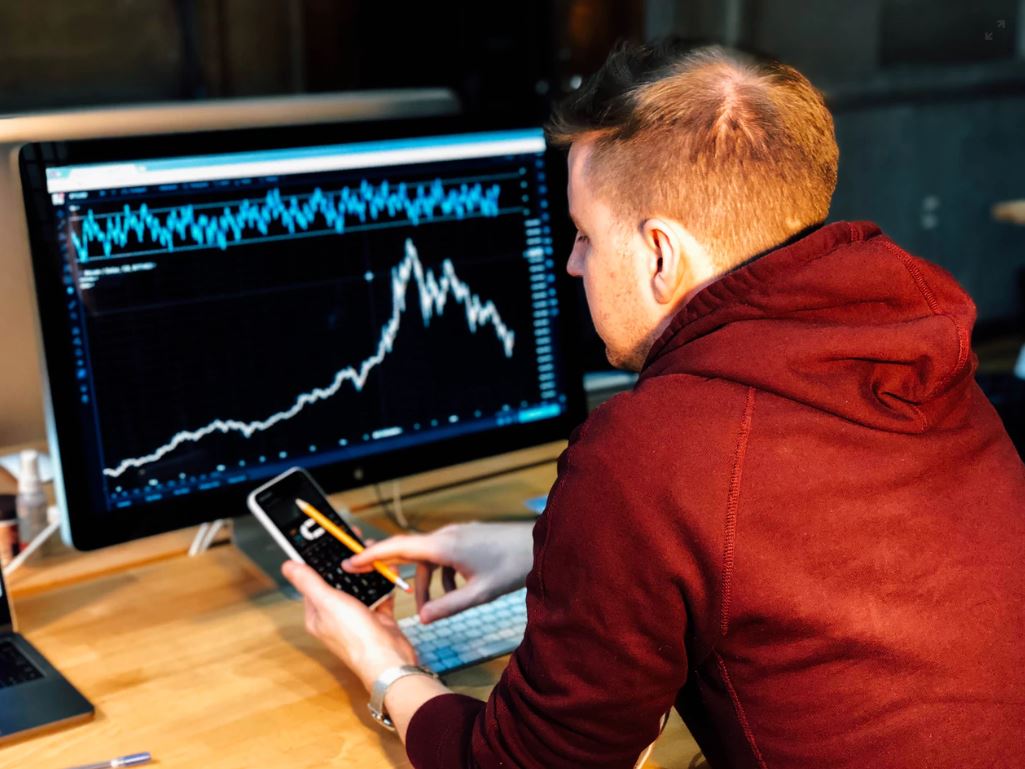
A trader’s career seems very attractive to many. These people participate in financial markets by buying and selling stocks, futures, securities, or currencies for profit. Forex trading at the same time has become a very popular field of making money in recent years. Traders emerge every day, but few really become professional traders.
Traders themselves range from hired financiers working on funds and making thousands of dollars to small players working from home. And the latter option is of the greatest interest. After all, the prospect of providing yourself with a comfortable life, working in the most comfortable and convenient environment, looks extremely tempting. But what does the schedule of a trader trading at home look like? In this article, we will talk about that topic.
Trader’s daily routine
The working day of a Forex trader is largely determined by the time frame in which he opens and closes positions, as well as the methods with which he works.
Because of this variety, there really is no such thing as a “typical” trader’s daily routine. However, with this in mind, you can still make an approximate sketch of what a normal working day of a trader working from home looks like.
For those who are focused on the U.S. market (all USD-bound assets), trading is tied to EST (North American Eastern Time). The trade comes to life at 9:30 a.m. The trader needs to get up at least an hour earlier so that before the daily news starts flooding in he is already fully armed.
In general, the work of a trader in the Forex market is more flexible than someone who trades on the stock exchange. However, if you bet on the same U.S. dollar, it is necessary to adjust to the official opening of U.S. exchanges. After all, it strongly affects the movement of currency quotes.
Preparing for work
Working from home, the trader is free to do what he wants. Therefore, internal discipline is necessary. You need to get up at least an hour before the start of trading. Separately, it is worth paying attention to such actions:
- Go through your strategies quickly (or sketch out a short day plan of action);
- Check your trading account balance to accurately assess the risks for each trade (for beginners, a risk of 1-2% of the deposit amount is recommended);
- Check the economic calendar for high-profile news (you can highlight the most outstanding events in a separate chart to go out to trade (or vice versa, close the positions) at least three minutes before a major economic event;
- Make sure that the trading platform works well, without glitches and interference. According to this T1Markets review, a proper work of trading platform is the first and foremost part when a trader is starting his daily work on the Forex market.
Start trading
The trader’s schedule in the first hour after the official opening is very interesting for the Forex trader due to the high volatility of the market. It is in these hours that skilled players collect the most money from the trades. Market activity remains until about lunchtime (if you focus on EST, it is 11:00-11:30 am). Around this time, volatility shows a downward trend as lunchtime begins.
Second Wind
As soon as traders presumably start returning from lunch and meetings, the markets rise again, and the volume and movement of prices come to life. Traders are using this second wave, looking for additional opportunities to trade before the final markets close (16:00 EST). As we approach 16:00, the trader closes all open positions and cancels any unfilled orders, as the price movement until the next day goes into a lull, and then can follow new trends.
Overview of the results
When the work is done, it’s time to get the results done. Here you need to withdraw the profit/loss on each transaction, and then take notes that include:
- Trading hours
- Number of transactions
- The number of winning trades and the total amount of earnings in points/money;
- Number of loss-making trades and total loss in points/money;
- Net profit/loss in points/money.
It is best to mark your profits in points because they are scalable. Writing numbers only in money can be misleading, as the balance of the account can fluctuate unevenly, depending on the success of individual trades.
You can also save screenshots when the quotes with indicators are opened. This will help you analyze your trade more effectively by discovering the mistakes you’ve made and finding ways to fix them. Ideas that will come to mind can be rolled out later on the demo account. In fact, all the work is completed. There is no homework – only work on a certain trading problem, if any.
Conclusion
Most of the trader’s day is spent on research – studying markets, experimenting with technical indicators and honing their processing skills, monitoring quotes, etc., so in general trading on Forex has a lot of advantages.
After all, the trader may well be his own boss, setting a convenient schedule for himself and trading from a personal office at home.
However, it should be remembered that this is hard and risky work. After all, engulfed at work, a person in one way or another will get a profit, and there could be days where you might end up without anything.
Interesting Related Article: “Forex Trading Basics for Beginners“
